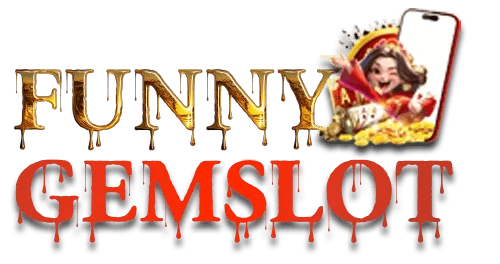Music has always been the unseen heartbeat of PlayStation’s greatest moments. Whether it’s the pulse of an action sequence or the quiet melancholy of an ending, sound gives shape to emotion. Over the decades, PlayStation games have turned rhythm into both art and challenge, producing some of the best music-driven experiences ever made.
The earliest PlayStation titles were already experimenting with sound in ladang78 slot inventive ways. PaRappa the Rapper combined hip-hop beats with charming paper-cut animation to create an entirely new genre. Players didn’t just listen to music—they performed it, matching rhythm to lyrics in a cheerful celebration of creativity. Bust a Groove followed soon after, transforming dance battles into addictive competitions of timing and flair. These PlayStation games showed that sound could be more than background—it could be the gameplay itself.
The PS2 took rhythm to new heights. Games like Guitar Hero II, Amplitude, and Frequency fused technology and performance in exhilarating fashion. Holding a plastic guitar and hitting perfect chords in sync with rock anthems made players feel like real musicians. For a generation, these became the best games for parties, bonding friends through shared rhythm and laughter.
On the PSP, music found a portable stage. Titles like Patapon and Lumines transformed rhythm into strategy and design. Beating war drums to lead tribal warriors or aligning glowing blocks to hypnotic beats gave handheld gaming a musical soul. These PSP games still stand as perfect examples of how rhythm and interaction can merge seamlessly.
Today, the PlayStation 5 continues this harmony with games like Tchia and Beat Saber VR, blending music with modern immersion. Across every generation, PlayStation has proven that rhythm isn’t just heard—it’s felt, turning sound into story and timing into art.
